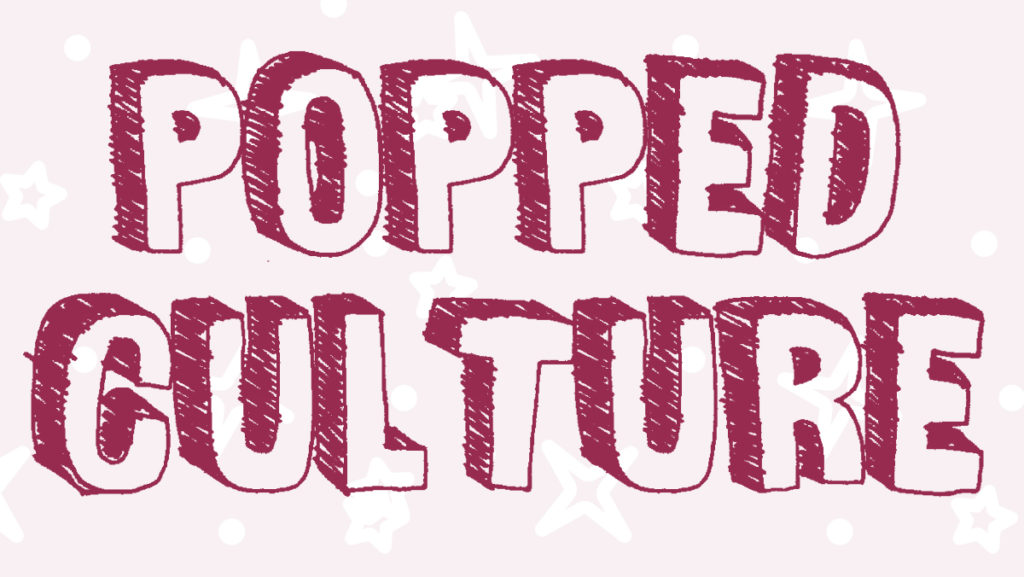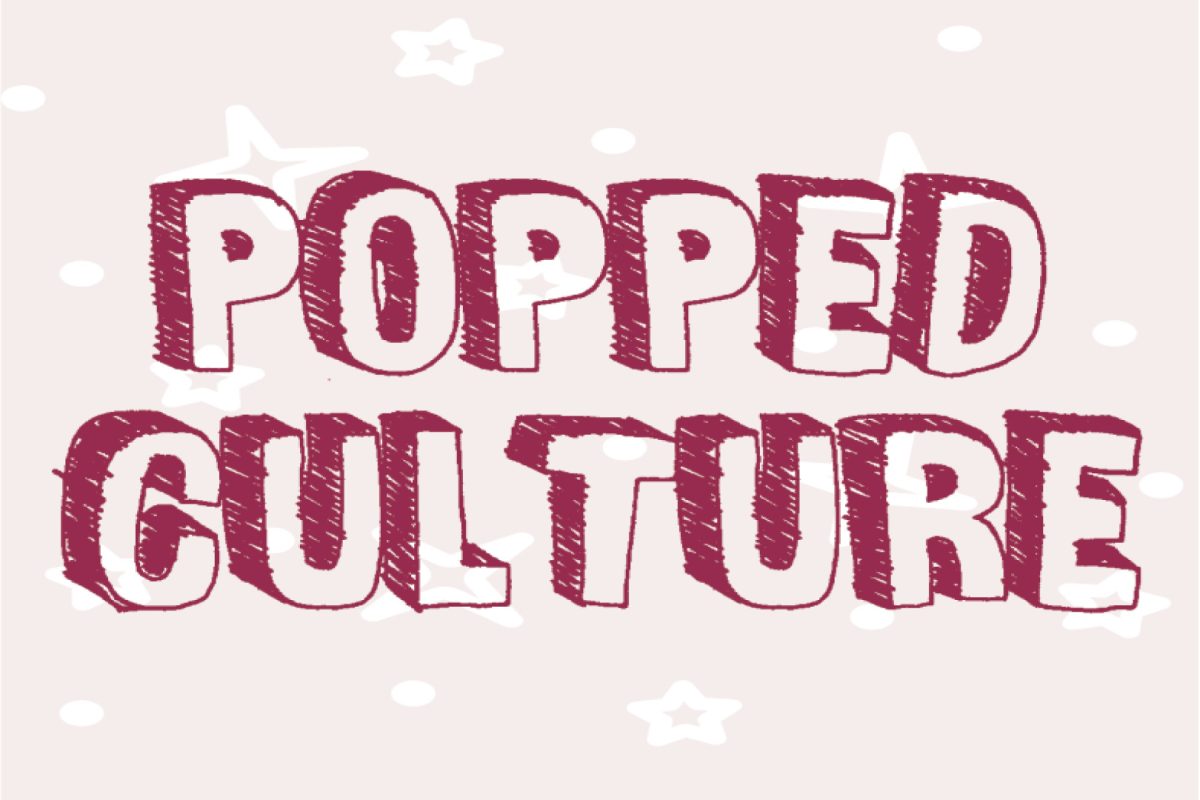As I have begun watching more anime, I have noticed a whirlwind of controversy, opposition and obsession surrounding the genre. It continues to polarize viewers. What some consider to be a community of fresh and enticing media, others associate with vulgarity — most notably the hypersexualization and fetishization of its female and underaged characters. But should the problematic tropes prevalent in anime prevent people from consuming it?
As a film lover and newly found admirer of anime, it is undeniable that there is much to be gained from viewing this genre. Anime’s narratives go against the majority of America’s mainstream media. Characters have thorough arcs lasting over multiple seasons allowing for thoughtful development. The stories are jam-packed with multi-tier conflicts that include out-of-this-world quests and adventures. When watching anime, viewers get to encounter phantasmagoria.
While the techniques mastered in the world of anime captivate viewers, they also heavily impact the world of film. For the anime “Akira” (1988) 50 new colors were invented, thus forever changing the possibilities for animation. Many critically acclaimed and successful American films have also taken inspiration from anime. “Inception” (2010) draws heavily — some critics going as far as to say copied — on the anime movie “Paprika” (2006). Anime as a whole has directly impacted the face of American media as Glen Keane — a prominent animator for Disney — said Japanese animator Hayao Miyazaki was an influence on his own work.
However, anime is not without critical flaws. Most prominent is anime’s hypersexualization of its female characters. One example being the insanely unrealistic body proportions, much like that of a Barbie doll. These female characters are also commonly objectified and treated as subjects for both the male characters and audience to gaze at. Accompanying this are the common tropes of men finding ways — either by accident or on purpose — to grope these female characters. This has become so common in anime that it has produced a recurring role: the dirty old man. His harassment of women is often used as a sick form of comedic relief.
Anime overtly sexualizing its female characters has had some serious consequences. One example being its direct contribution to the fetishization and exoticization of Asian women thus leading to the increase of harmful stereotypes that Asian women are submissive and often infantilized.
American media is not without its own disgusting tropes, some that further build up the fetishization of Asian women. Films like “Full Metal Jacket” (1987) depict Asian women as prostitutes who are objects to serve the American troops. Mainstream American media is riddled with sexism, racism, and the prominence of the male gaze. American media also continuously promotes peodphilia — like “Licorice Pizza”(2021) which endorses the romantic relationship between a 15-year–old and a 25-year–old — and audiences are quick to defend it. But with a greater push for diverse voices and perspectives, films like “Moonlight” (2016), “Parasite” (2019) and “Minari” (2020) emerge — serving as proof that critique brings about higher-tier, inclusive media.
Another harmful factor accompanying anime is its fanbase, commonly referred to as weeaboos. These are fans who obsess over and appropriate Japanese culture strictly from their consumption of anime. Weeaboos cling to the most damaging elements of the anime genre and consume anime because of its fetishization, oversexualization, and infantilization of Asian women.
Some of the biggest franchises in America also have their share of toxic fans. “Star Wars” fans are openly sexist, racist, and close minded towards the possible progression of the series away from its roots. Fans who harass actors John Boyega and Kelly Marie Tran for their involvement in the new iterations of the movies for not being white men. Possibly the same fans who are weebs? The jury is still out on that. I would shed some light on how the hypersexualization and objectification of the female characters in Marvel films ensures the film’s success as “Captain Marvel” or “Black Widow” — two female led films without the male gaze — were torn alive by fans, but I’d fear for my safety.
By isolating or disregarding anime, you are preventing it from receiving critiques that could help push the genre to abandon its problematic tropes, much like we must continue to do in American media.
I believe that Americans’ discomfort with anime due to their preconceived notions and avoidance to be associated with toxic fans is hypocritical given what we experience in our media. The largest way that American media has been able to grow and develop over the years is through critique. Viewers who dismiss anime are not only cheating themselves out of experiencing a new medium, but also missing out on the opportunity to help bring the genre to new heights.





